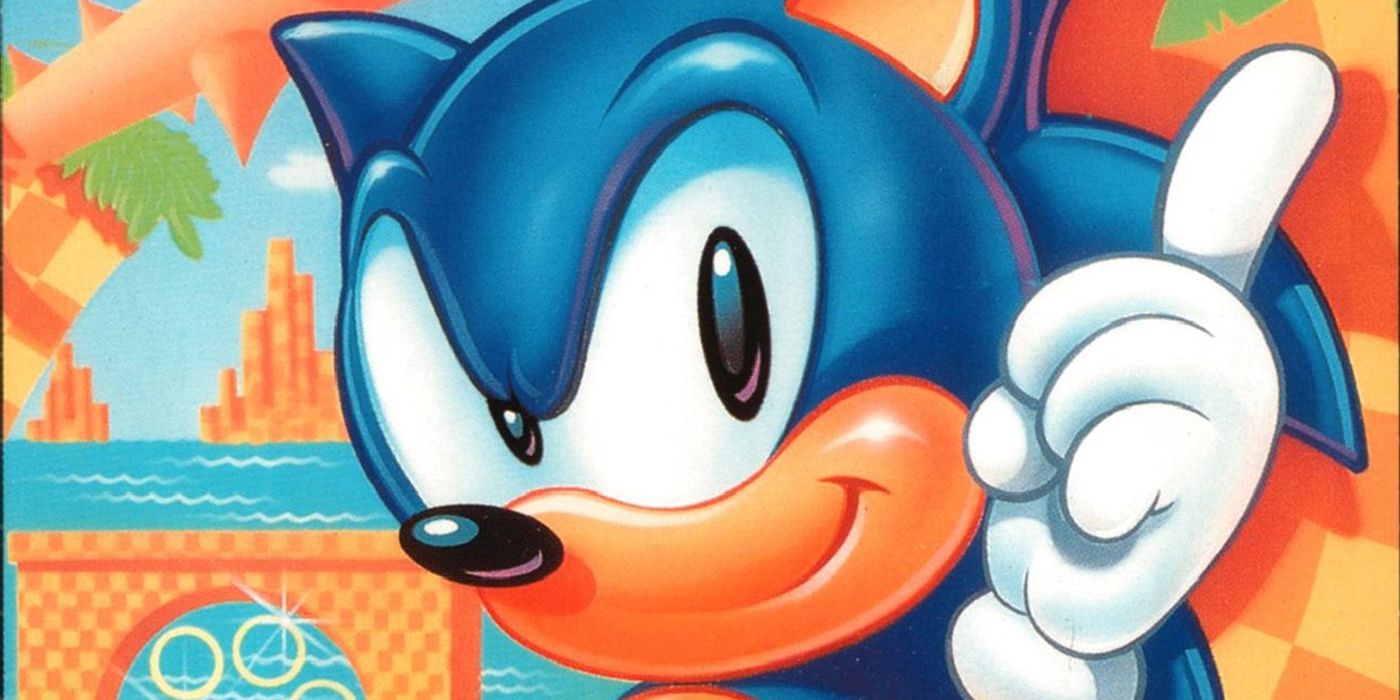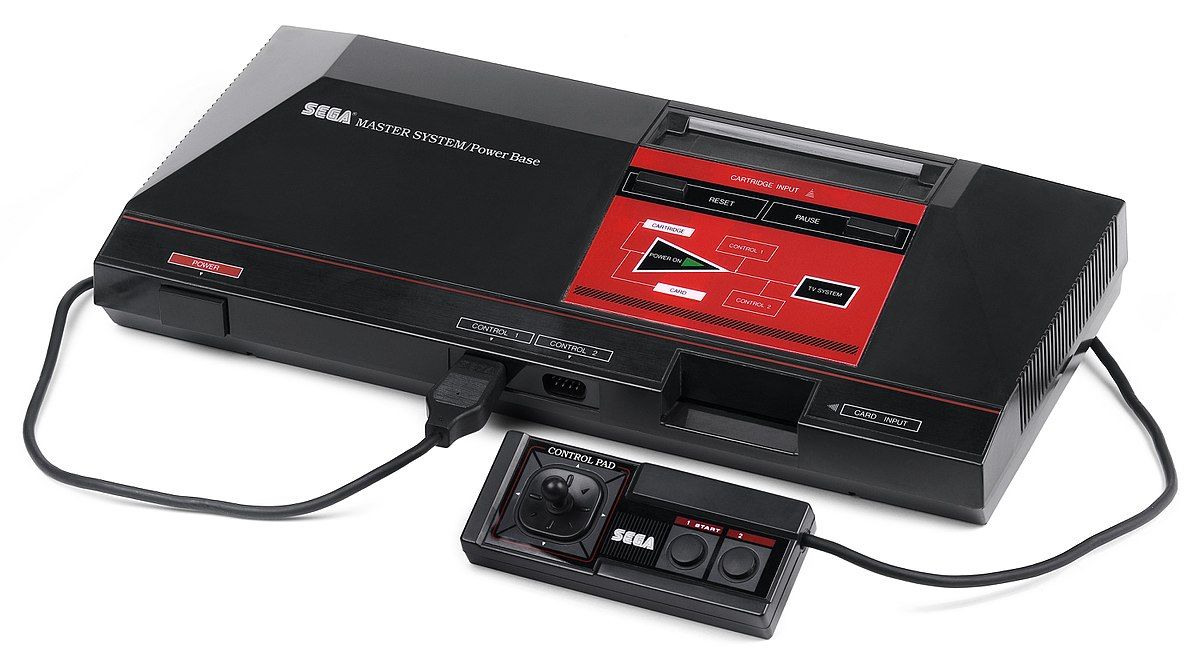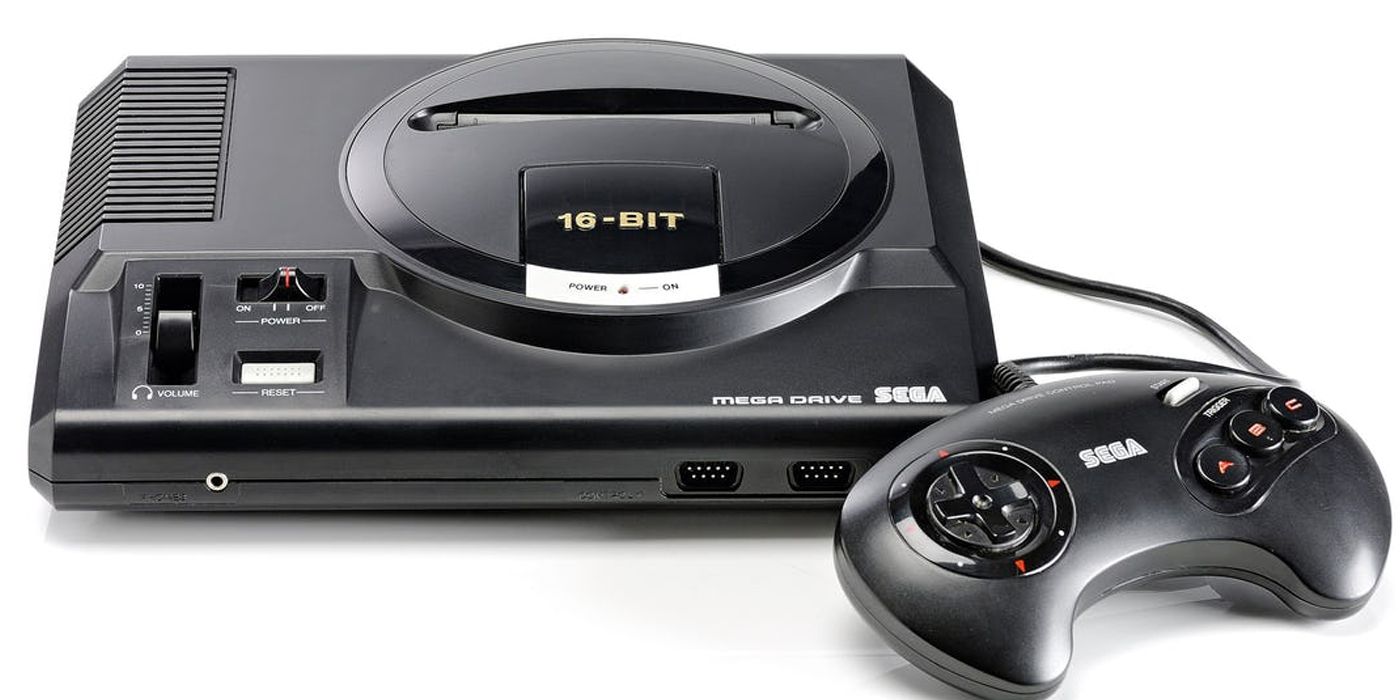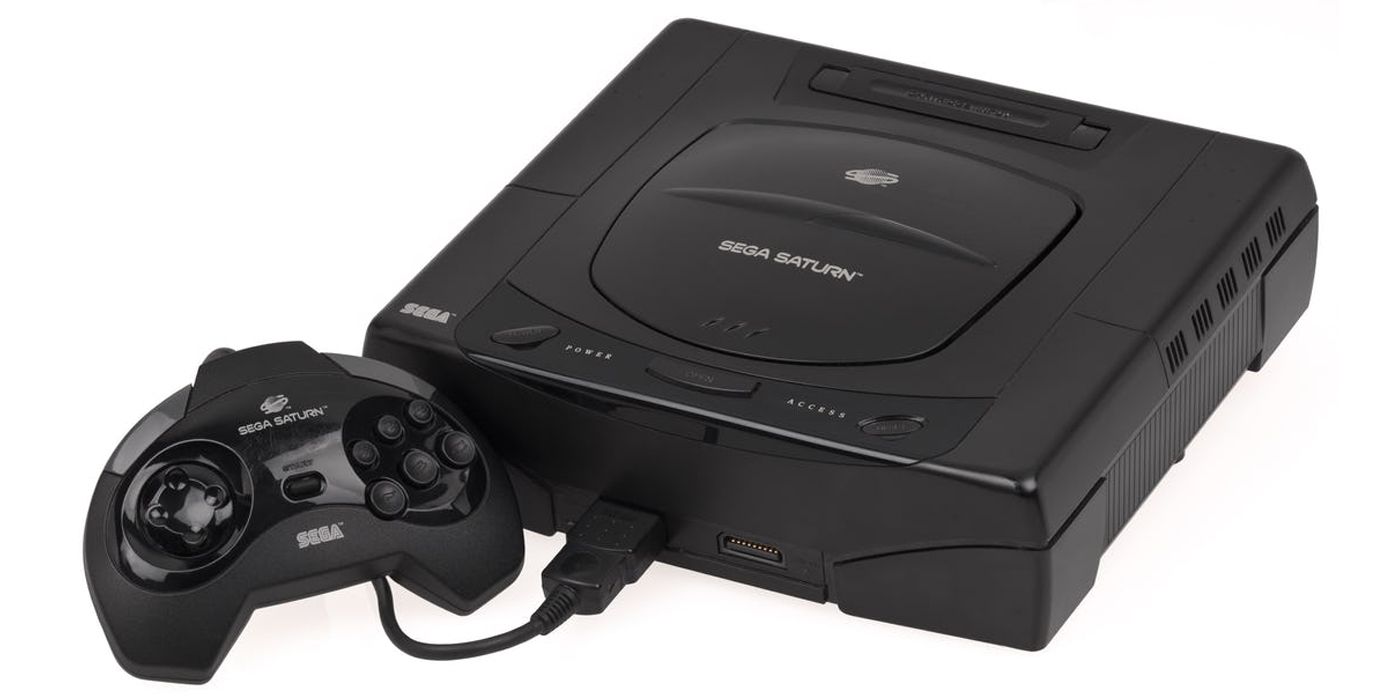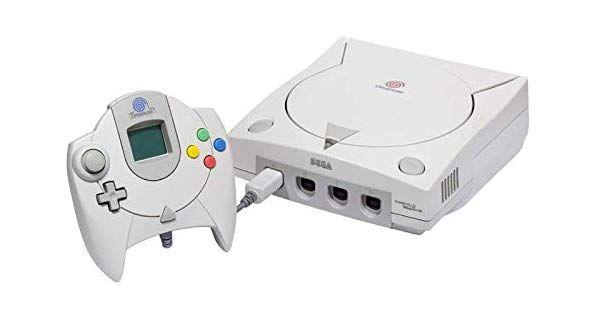Following the much-publicized debut of the first trailer for the live-action Sonic the Hedgehog film and the buzz over the upcoming release of the Sega Genesis Mini, Sega is back in the public consciousness in a big way. While response to the trailer, its redesigned speedster hedgehog and the redesign's redesign have been mixed at best, the resurgence of Sega's flagship video game property has brought in a new wave of nostalgia for one of the most popular video game companies of the 1990s.
With that in mind, CBR is taking a look back at the home consoles that defined the company and a few of the iconic titles that would serve as Nintendo's first major rival in dominating the video game industry.
Sega Master System
By 1982, Sega was one of the largest arcade game publishers in the United States and branched into home consoles to take advantage of the gap left by the implosion of the home video game industry a few years prior. After several preliminary models, what became popularly known as the Sega Master System launched in Japan on October 20, 1985 and made its way to the United States the following year.
Due to Nintendo's strict policy with third-party developers to keep titles developed for the Nintendo Entertainment System exclusive to that console, Sega developed many of the Master System's library of 8-bit games in-house, usually with a three-month turnaround time to help build out the console's title quickly. As such, the console experienced limited success in Japan and North America, where it only shipped 1 and 2 million units, respectively. The console fared better in Europe where it shipped 6.8 million units and proved a surprise success in Brazil where it and Sega's next console have remained popular, high-selling devices to this day. While it was never a dominant market force, the Master System library still included highlights like Phantasy Star, Alex Kidd in Miracle World and Space Harrier.
Genesis/Mega-Drive
With the Master System struggling to find an audience worldwide, Sega immediately began development on its successor and sought to make it a 16-bit console in contrast to the still-popular 8-bit NES. On October 29, 1988, Sega launched the Mega-Drive in Japan and released it the following in the United States as the Genesis. Initially including the arcade favorite Altered Beast as its pack-in title, in 1991, the console would officially receive its flagship character, Sonic the Hedgehog.
Interested in creating a mascot to rival Nintendo's Mario, Sega developed Sonic the Hedgehog with artist Naoto Ohshima and programmer Yuji Naka, who drew direct inspiration from Mickey Mouse, Michael Jackson and Santa Claus. After becoming an instant hit, the original Sonic game immediately led Sega to develop a wave of sequels, spinoffs including Sonic Spinball and Doctor Robotnik's Mean Bean Machine, and even titles for the largely overlooked Master System. The console went on to ship over 30.75 million units worldwide, bolstered by more exclusive titles including Streets of Rage, Golden Ax and Gunstar Heroes.
As development on its successor, the Sega Saturn, lagged, Sega prolonged the life of the Genesis to maintain the momentum of its success by releasing add-ons that would marginally boost its processing power including the Sega CD and Sega 32X. Costly and each requiring their own power supply, they were met with varying degrees of success and criticism.
Sega Saturn
Predating the launch of the original PlayStation by a matter of weeks, the Sega Saturn was the first major disc-based home console. Sega had switched to run games from discs rather than cartridges, due to their lower production costs and higher quality. Launching in time for the1994 holiday window, the 32-bit Saturn initially outperformed the PlayStation when the Sony console was released less than two weeks later. However, in a rush to get the console out before Sony entered the video game industry, Sega had failed to inform third-party developers of the accelerated launch window and failed to recognize the continued market viability of 16-bit consoles.
With only a handful of original games due to console's rushed launch and a buying public that was hesitant to shell out for a new, expensive console, the Saturn would only ship 9.26 million units worldwide, primarily in Japan. The limited library did contain acclaimed titles including Nights: Into Dreams and Panzer Dragoon, but the console struggled in the United States and Sega's market share in the country dropped from 42% to 38% over the span of two years and continued to decline as the PlayStation grew its audience, buoyed largely by third-party support, and Nintendo leaped to the 64-bit era with the Nintendo 64 in 1996.
Dreamcast
As Sega's market share and profitably continued to plummet with the lackluster performance of the Saturn, the company began active development on a follow-up console as early as 1995. In an effort to keep production costs down and taking into account the growing proliferation of the internet, Sega had the Dreamcast outfitted with subsystems more comparable to PCs than traditional home consoles and installed modems in each unit, which made the Dreamcast the first video game console with internet capability. With its flagship character in his first full 3D title in Sonic Adventure available within its launch window, the Dreamcast was released in Japan in November 1998. Over the course of its existence, the Dreamcast amassed a solid library full of oddities like Seaman and cult favorites like Shenmue.
While initial Dreamcast sales in Japan were strong, six months before the console's release in the United States, Sony announced the upcoming release of its PlayStation 2. Still controlling 60% of the video game market share in the country at the time, the announcement made gamers less likely to jump to a rival company's console. Needing to sell at least 5 million units in North America by the end of 2000 to stay viable, the Dreamcast only sold 3 million with 9.13 million worldwide resulting in Sega exiting the home console game for good and returning its focus solely as a video game developer and publisher.

